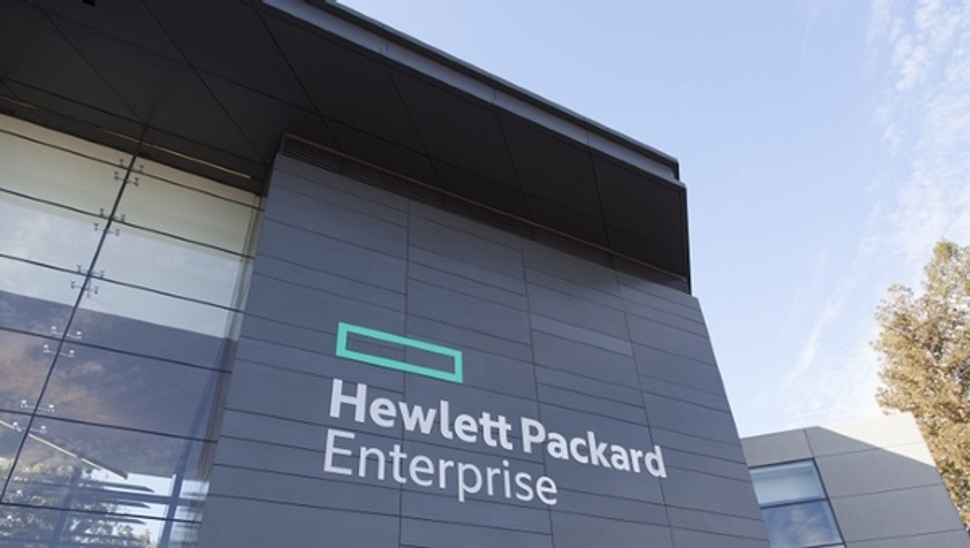HPE lab lets operators test 'Open 5G' kit
Interoperable 5G kit will enable more innovative services and faster rollout

HPE has launched a new lab that it says will soon offer mobile operators a live test environment to trial interoperable 5G technologies.
Whereas previous generations of mobile technology have involved the procurement of highly-integrated, proprietary systems from single vendors, most operators will adopt multi-vendor strategies for 5G.
This is true in the radio layer of networks, where Ericsson, Nokia and Huawei will compete with open RAN technologies, and in the core layer where HPE is focused.
- HPE offers operators consumption-based 5G core
- Vodafone holds Europe's first OpenRAN trial
- 5G in the UK: the what, where and how much
HPE 5G lab
A multi-vendor approach avoids vendor lock-in and affords operators the flexibility to pick the best-in-class technologies to suit their needs. This can reduce costs, increase innovation and accelerate the rollout of new services.
Multi-vendor strategies can also enhance security by reducing exposure to vulnerabilities or to points of failure. Many governments are urging carriers to mix and match equipment for this reason.
HPE stands to gain significantly from the shift towards openness. Earlier this year it detailed a new range of networking products, including HPE 5G Core Stack, a cloud-based core network model that makes it easier to roll out new services at a lower cost.
But regardless of the motivation, interoperability is essential.
Are you a pro? Subscribe to our newsletter
Sign up to the TechRadar Pro newsletter to get all the top news, opinion, features and guidance your business needs to succeed!
HPE says its 5G test lab, based in Colorado, can provide assurances to operators who need confidence that the various technologies can work together. Early supporters include Affirmed Networks, Casa Systems, Intel, JMA Wireless, Metaswitch, Nokia, Openet and Red Hat, and HPE wants more organisations across the ecosystem to get involved.
The initial focus will be on the transition from non-standalone 5G (NSA 5G) to standalone 5G (SA 5G). The former uses 5G New Radio (5G NR) technologies but relies on the same cores used to power 4G networks.
The latter is powered by cloud-based, virtualised cores that allow network resources to be moved around dynamically and process data closer to the point of collection. This would allow certain industrial and mission critical applications to be supported by mobile networks for the first time.
HPE says customers will be able use its 5G Core Stack and the rest of its portfolio to trial new core technologies at the lab.
“Governments and telecoms operators around the world are looking to open 5G technologies as an opportunity to move away from a number of vendors which have raised fundamental concerns around security, resilience and market diversification,” said Phil Mottram, head of Communications and Media Solutions at HPE.
“However, despite multiple successful deployments, doubts still persist about the ability of open 5G technologies to truly replace the old way of building networks. With the launch of the HPE 5G Lab, telcos, solution vendors and national stakeholders can test innovative new solutions with confidence and ensure that they are ready for mass adoption.”
- Here are the best 5G phones of 2020
Steve McCaskill is TechRadar Pro's resident mobile industry expert, covering all aspects of the UK and global news, from operators to service providers and everything in between. He is a former editor of Silicon UK and journalist with over a decade's experience in the technology industry, writing about technology, in particular, telecoms, mobile and sports tech, sports, video games and media.